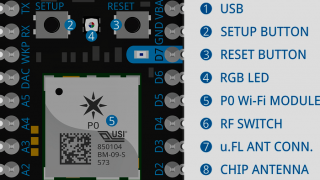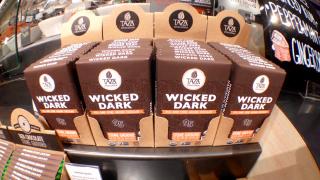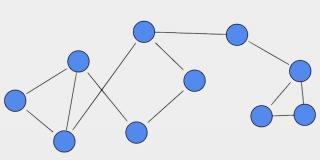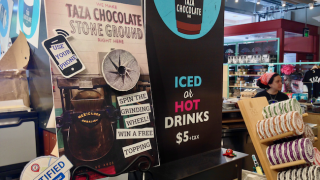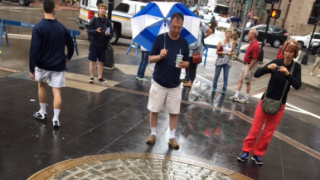 How this starts
You are on the 11th floor of an office building in downtown Boston. If you look out the window, you can see the site of the Boston Massacre. It looks like a Stonehenge-type primal monument, an extraterrestrial landing spot: a wide circle of well-worn brass, studded with stars, enclosing a rough mosaic of cobblestones.
How this starts
You are on the 11th floor of an office building in downtown Boston. If you look out the window, you can see the site of the Boston Massacre. It looks like a Stonehenge-type primal monument, an extraterrestrial landing spot: a wide circle of well-worn brass, studded with stars, enclosing a rough mosaic of cobblestones.





